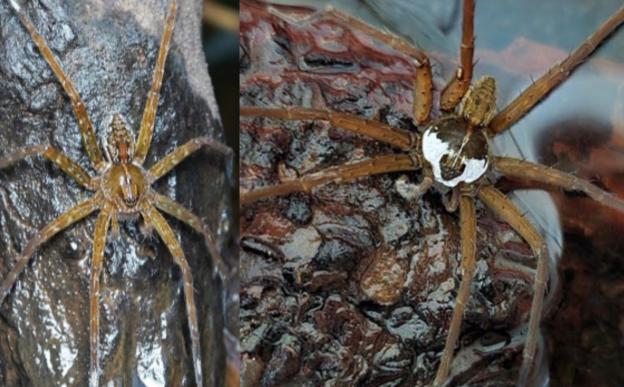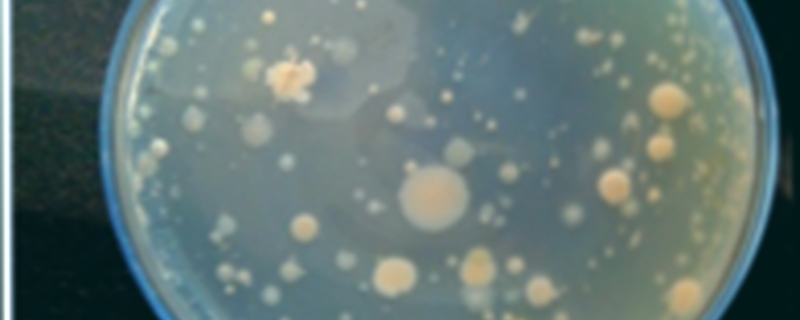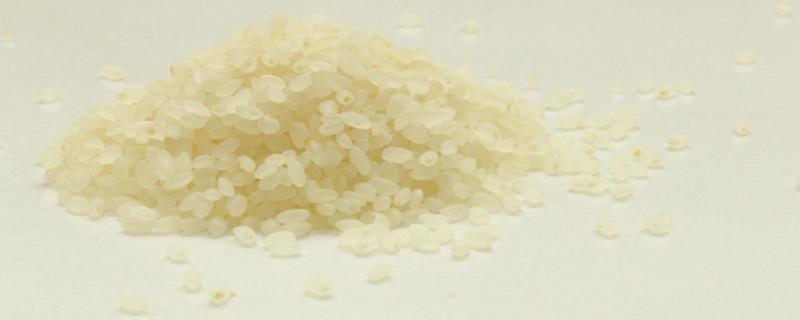A collaborative study by researchers from Punjab University, Indian Institute of Technology (IIT) Delhi, Banasthali University, TERI University and the Jawaharlal Nehru University has identified how a particular gene in Mycobacterium tuberculosis, the causative agent of tuberculosis (TB), mutates to avoid the action of antibiotics.
Image: Dolomedes indicus, Adult Female (left) and adult male (right). Credit: Authors https://doi.org/10.1038/s41598-025-26308-2
Wayanad/






